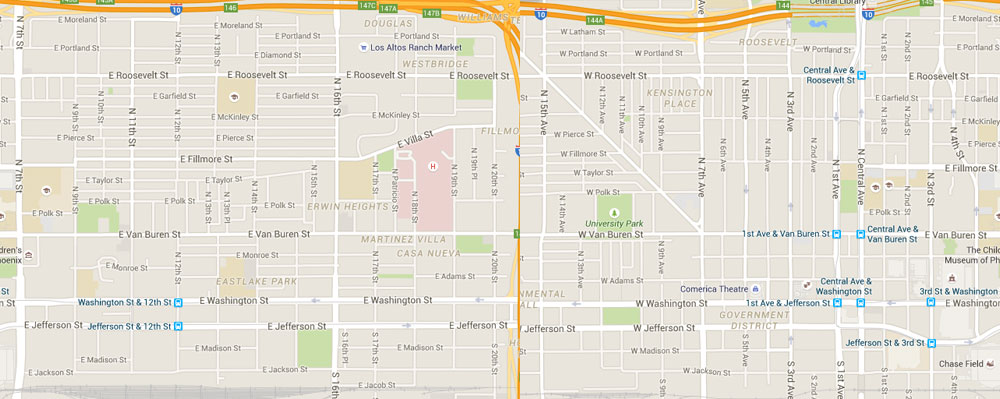
How to Significantly Improve Your Email Response Rates
One of the most important sales tools for many businesses is email marketing software. In fact, reading, writing, and responding to emails at work can account for a significant portion of your work day. And it can definitely be frustrating waiting for a response to an important email. So how can you improve your emails in order to ensure a better response time from the recipient? Let’s take a look at 9 easy steps you can follow that will help better your chances for a more timely email response:
Avoid Generic, Non-Descriptive Subject Lines:
If you want to capture the attention of the email recipient, a catchy and specific subject line is an important place to start. The subject line should be engaging and get directly to the point as to what the subject of the email is. That way the recipient will be more likely to open in. The key here is to stay specific. Be sure to avoid generic subject lines like “following up,” “checking in,” and “touching base.”
Don’t Hesitate in Getting to the Point:
The opening of your email needs to be specific and to the point. Don’t be tempted to start out by stating your credentials or what your organization does or represents. The recipient needs to know what is being asked of them right off the bat or he or she will most likely lose interest in the email. The opening of your email should state why you’re sending the email. Descriptive details can come later. But at the start, keep it basic. When it comes to constructing your email and keeping it simple, try this simplistic format:
- First, write a brief opening greeting
- Next, state your reason for emailing
- Add any necessary details
- Provide your call to action
- Last, include your closing greeting
Keep the Language of the Email Simple:
When composing your email, it’s important to keep your language clear and simple. Don’t overcompensate with flowery language or industry jargon. Be sure that you keep your sentences short, clear, and straightforward. Use proper punctuation, and whenever possible, break your longer sentences up into two sentences instead of using a comma. The simpler the composition of your email is, the easier it will be to understand. And that means you’re more likely to get a more timely response.
Use Numbers and Statistics:
Numbers and statistics are easy to relate to and are another way to get directly to the point. Adding statistical data to your email gives it more credibility. And you’re more likely to get a response because of that. Also, don’t forget to write numbers in their numerical form instead of spelling them out. That makes the email easier to read and stand out more amongst a body of words.
The Shorter the Better:
Studies analyzing years of emails came to the conclusion that shorter emails garnered quicker response times. This is especially true when there are so many emails for the recipient to get through in a day. So keep your emails short and to the point. Some experts recommend keeping your emails under 200 words. Also, avoid using unnecessary descriptive words. Simpler and shorter is always better.
Make Use of Bullet Points:
Bullet points or numbered lists are a good way to organize your email and keep the recipient interested while reading it. Bullet points are helpful because they help break up the monotony of the email, making it easier and quicker to read. They also help keep your word count down since you don’t have to use full sentences after a bullet point. Keep your bullet points to a minimum though. Three or less is ideal, as that amount will serve its purpose without boring the reader.
When composing emails, always keep your sentences short, clear, and straightforward. Click To Tweet
Provide a Good Reason for the Subject of Your Email:
There’s a good chance that the recipient of your email sees many emails in a work day. So what makes yours so special and why should he or she respond? It’s important to provide a strong reason as to why you’re asking what you are from the recipient. This will help make it easier for the recipient to say yet to what you’re requesting. Using the word “because” and explaining your reasoning for what you’re asking will help insure that your email will get read.
Be Clear With What You’re Asking For:
Powerful sales emails need to clearly state what it is you’re asking for. This will make it easier for the recipient to respond. So in your opening greeting, be sure you state the primary reason as to why you’re emailing the recipient. It’s also important to close your email with that same reason so that the reader won’t forget what it is you’re asking for.
Know When You Should Email Versus Reach Out Another Way:
It’s important to keep in mind whether you need a more immediate response instead of waiting for an email response. If the subject of your email is highly time-sensitive, it may be better to make a phone call or use a more direct form of communication such as a messaging app. Sometimes waiting for a response could hinder what you’re trying to accomplish. So keep in mind the timely nature of your email subject.
By keeping these easy to use suggestions in mind, you should be able to compose an email that will not only be easy to read and directly to the point, but give you better odds at having your emails responded too in a timely fashion!














